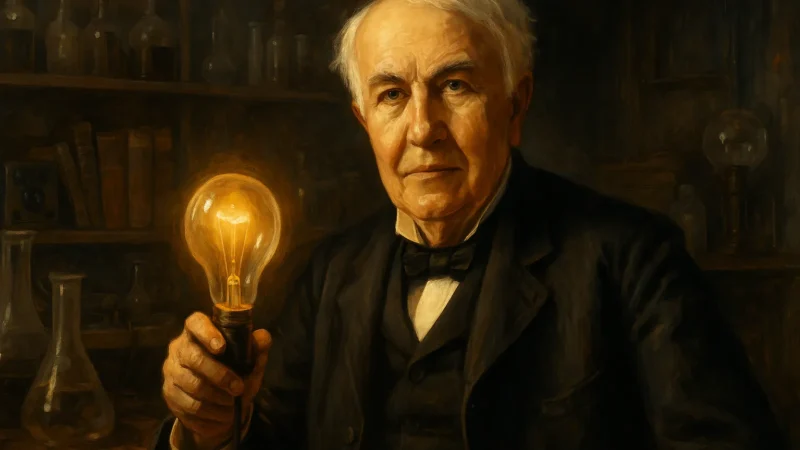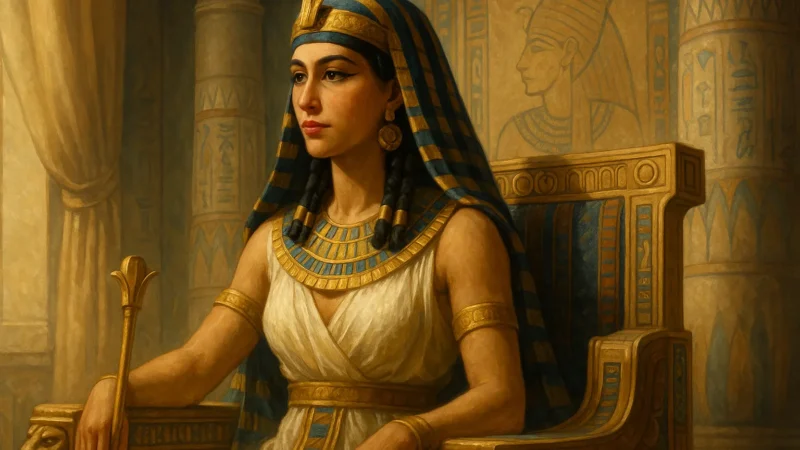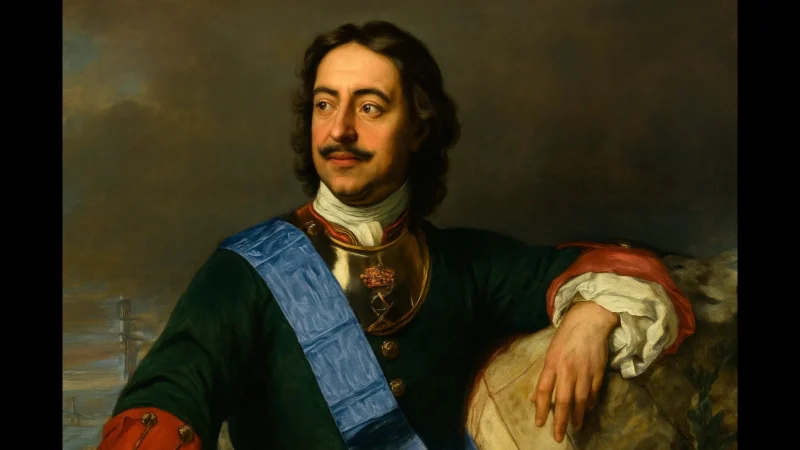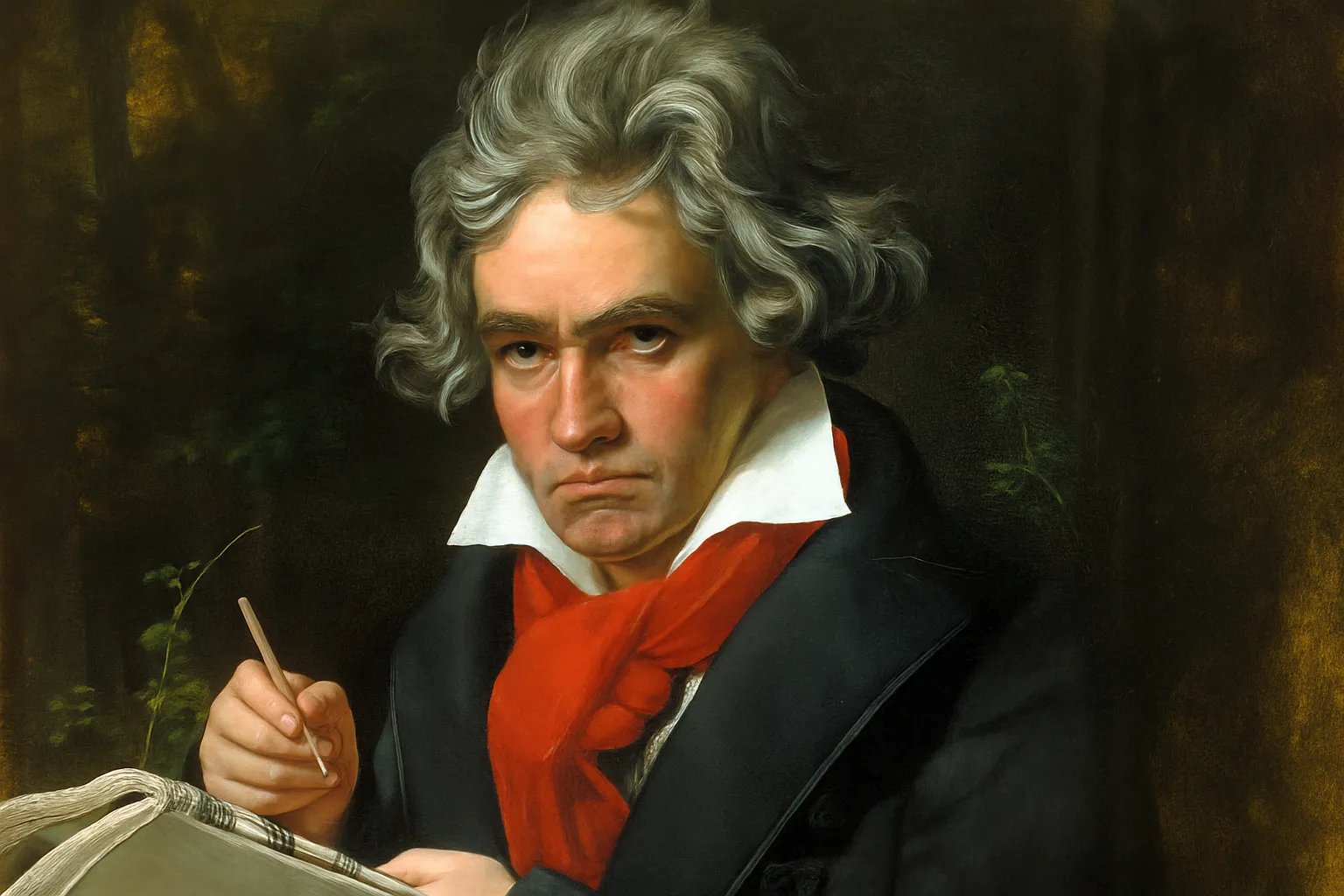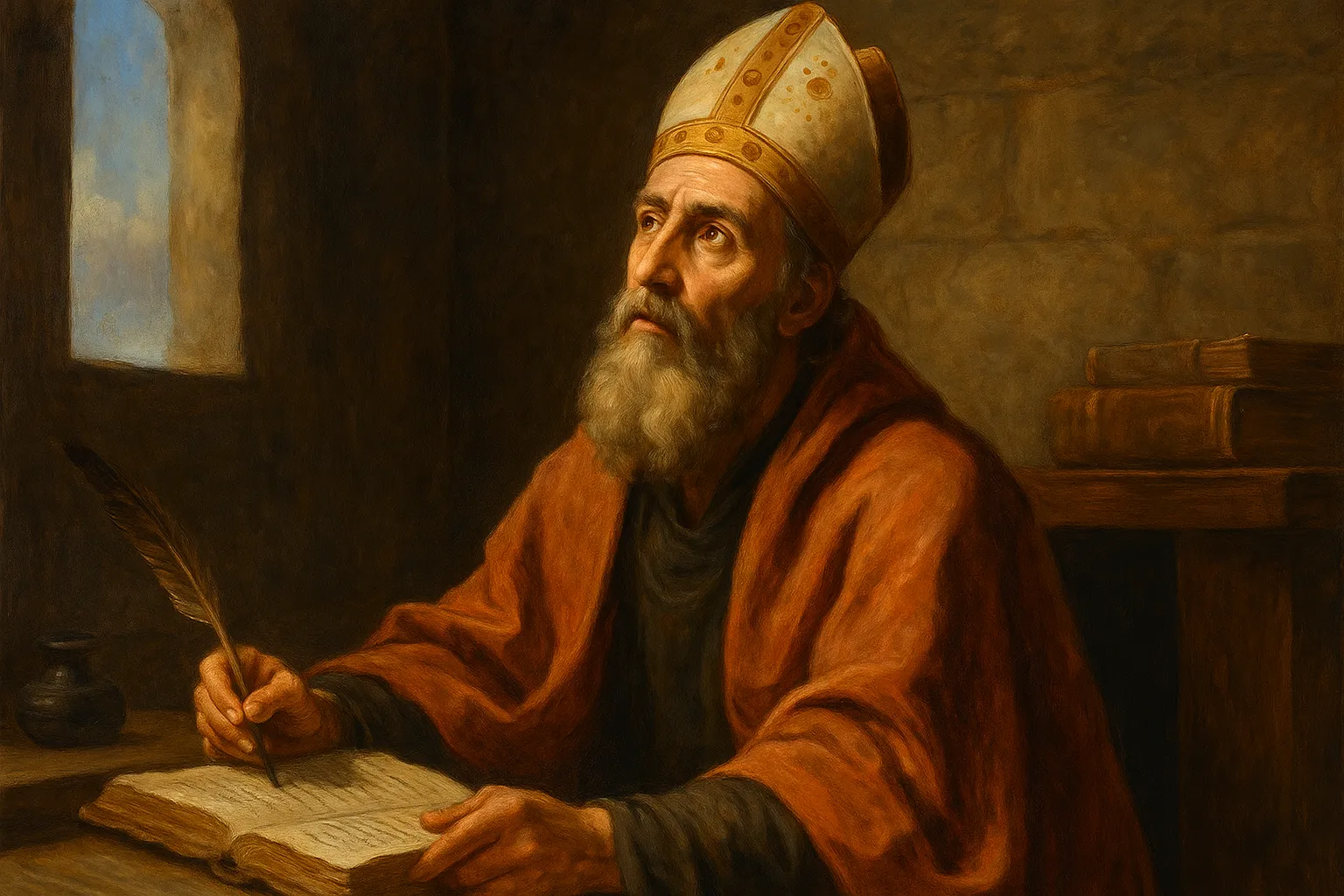Biography of Miguel de Cervantes, Author of “Don Quixote”
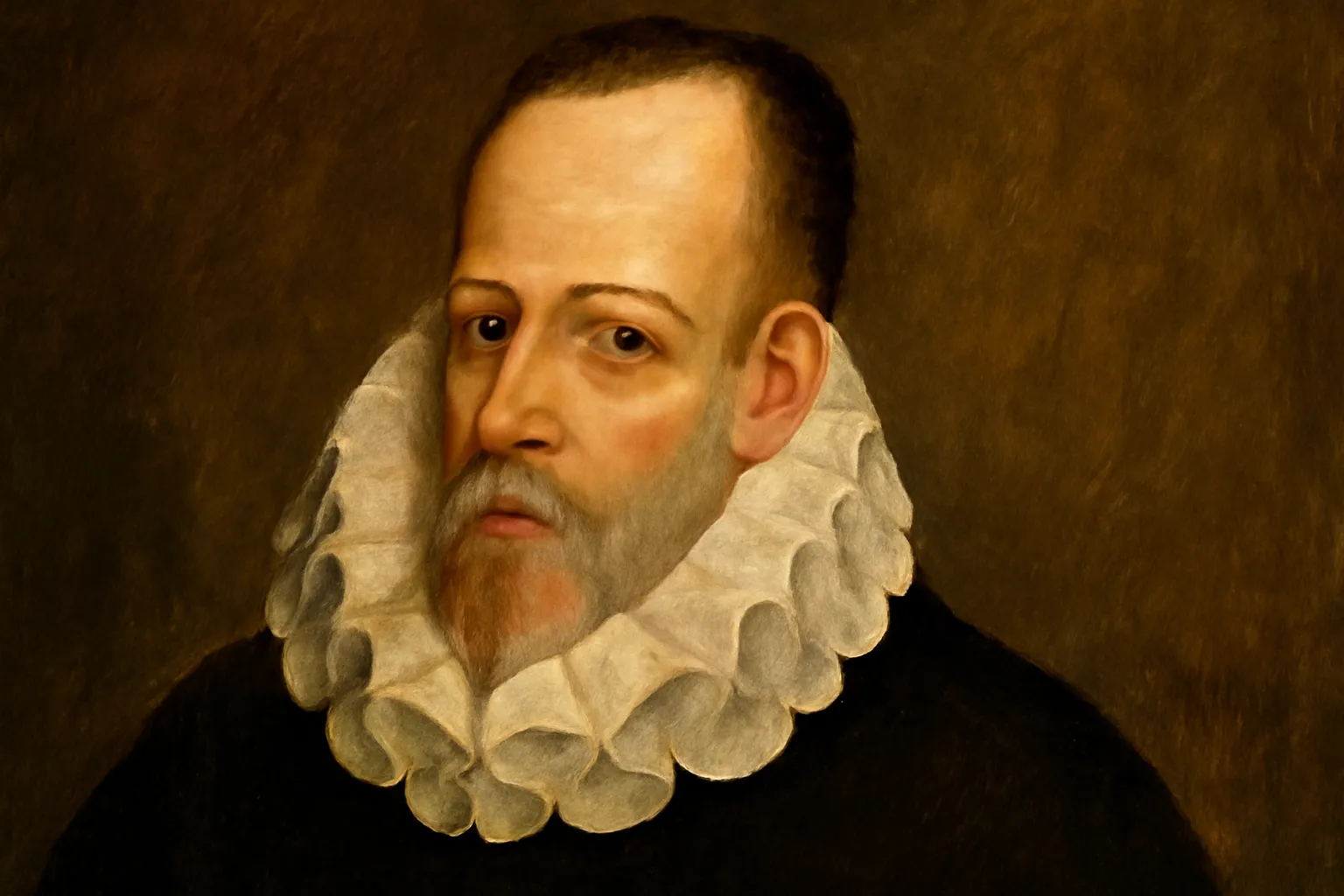
The writer Miguel de Cervantes Saavedra was born on September 29, 1547, in Alcalá de Henares, Spain, and is considered one of the greatest writers in world literature. His most famous work, Don Quixote, is considered the first modern novel and has had a lasting impact on literature, art, and popular culture. Throughout his life full of ups and downs, Cervantes struggled against adversity and left a legacy that remains relevant today.
The Spanish writer is known not only for his monumental work, but also for his eventful life, which included a long captivity in Algiers, various failures, and several attempts to find financial stability. However, his literary talent led him to be posthumously recognized as one of the most important literary figures of all time.
Early Years: Childhood and Education
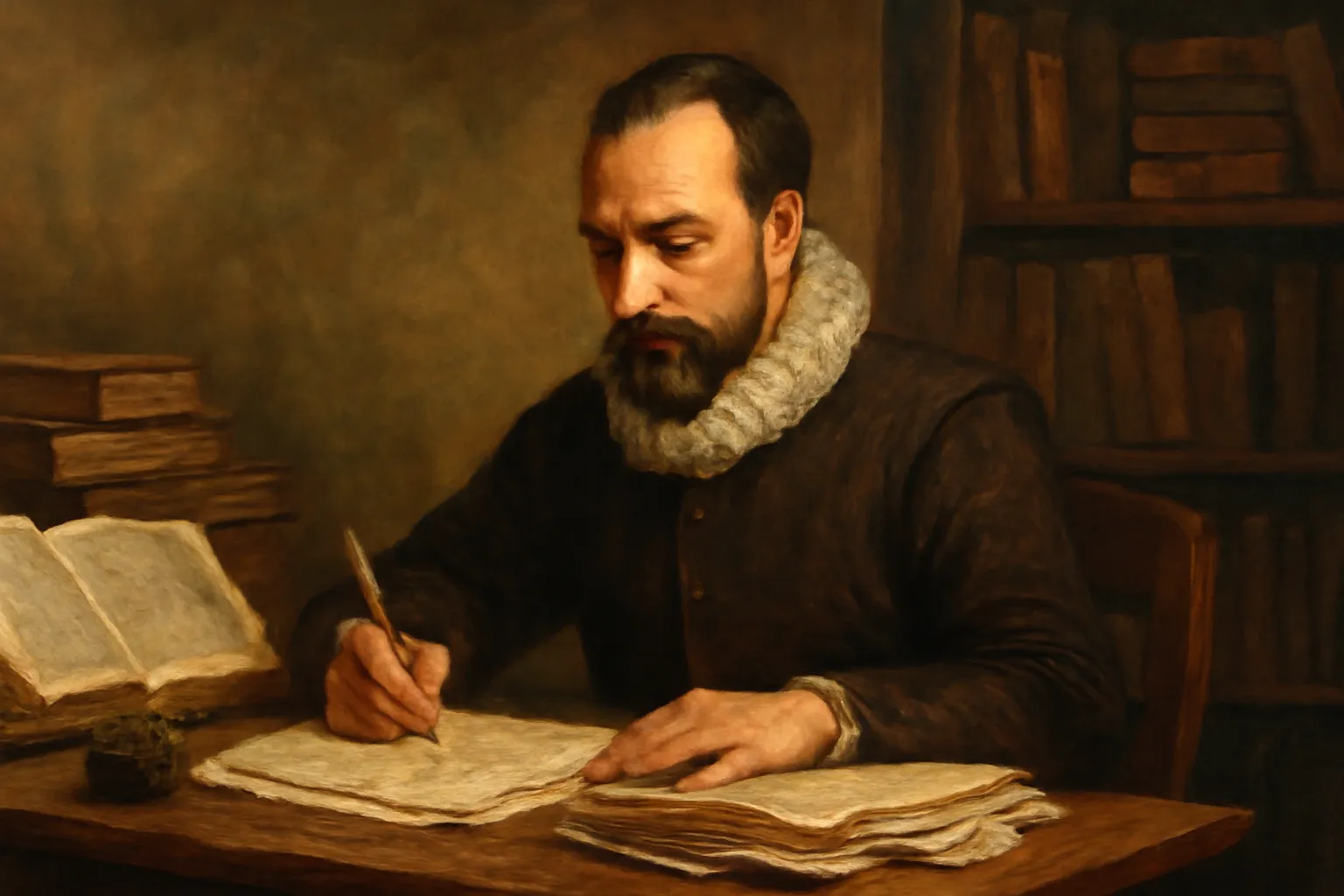
Miguel de Cervantes was born in Alcalá de Henares, a city located east of Madrid, into a middle-class family. His parents, Rodrigo de Cervantes, a surgeon, and Leonor de Cortinas, were not wealthy, but Miguel still received an early education that allowed him to study at the University of Alcalá and later at other educational institutions of the time.
At an early age, Cervantes showed a remarkable aptitude for literature. Although it is not known for certain whether he formally completed his studies, he was exposed to classical literature and the works of authors such as Virgil and Ovid. At the age of 21, Miguel moved to Rome, where he worked in various jobs while continuing to cultivate his love of the arts and literature.
The Life of Cervantes: Prisons, Travels, and Experiences
In 1571, at the age of 24, Cervantes joined the Spanish Armada in the Battle of Lepanto, where the Spanish fleet defeated the Ottoman Turks. During this battle, Cervantes suffered a serious wound to his left hand, which left him permanently disabled. After the battle, he was captured by Barbary pirates and spent five years in captivity in Algiers. During this time, Cervantes attempted to escape on several occasions, but was unsuccessful. This experience was fundamental to his life, and the lessons and challenges of his captivity would be reflected in his works.
In 1580, Cervantes was released after a ransom was paid. Upon returning to Spain, he tried to settle in various cities and experienced several financial difficulties. His family also faced adversity, and his life was characterized by a series of poorly paid jobs and several imprisonments. Despite these obstacles, Cervantes continued to write and work on his literature.
The Creation of “Don Quixote”
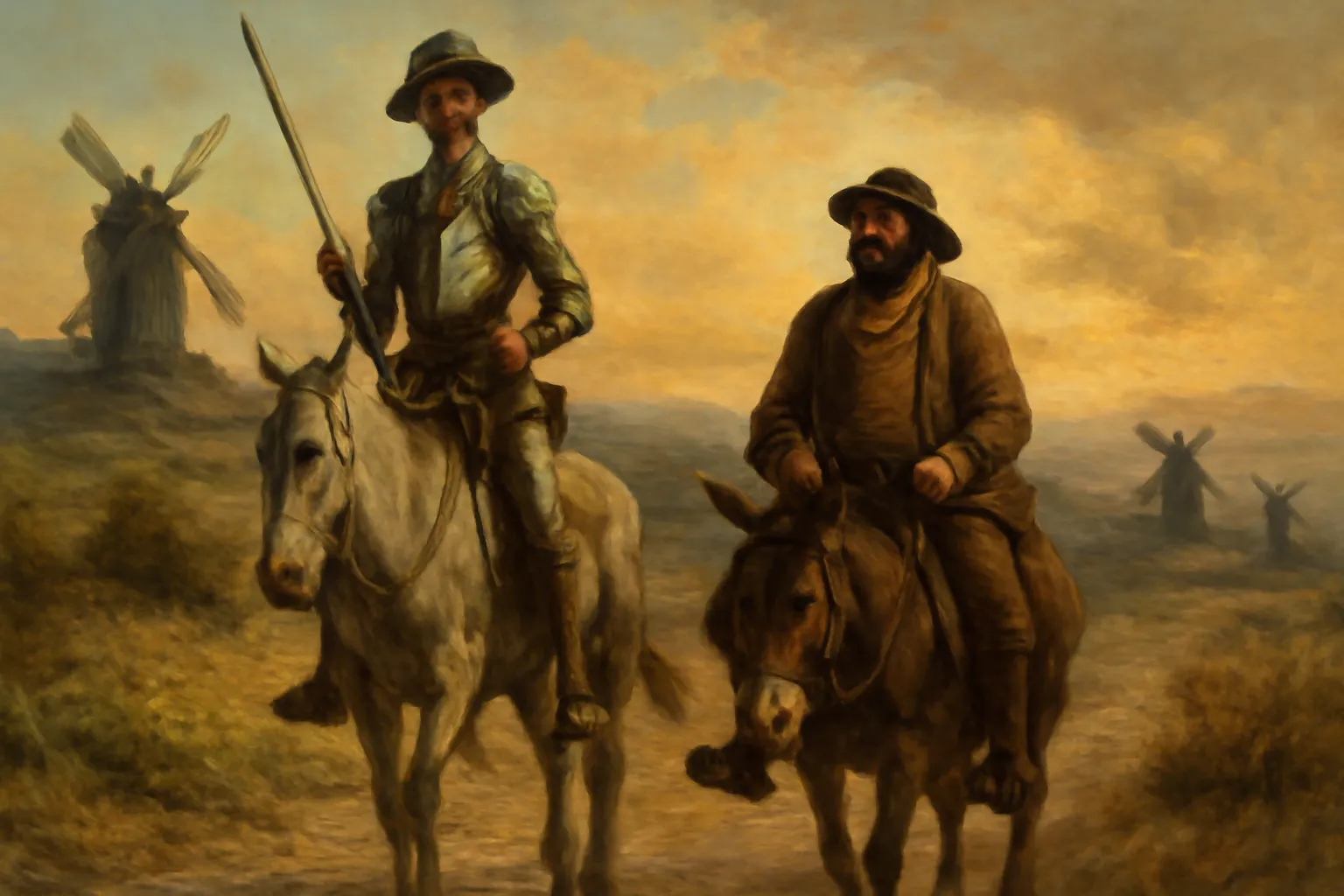
In 1605, Miguel de Cervantes published the first part of his masterpiece, Don Quixote de la Mancha. The novel recounts the adventures of a nobleman named Alonso Quijano, who goes mad after reading too many books about chivalry and decides to become a knight-errant under the name “Don Quixote.” Together with his faithful squire, Sancho Panza, Don Quixote embarks on a series of adventures, where he confuses reality with fantasy.
The immediate success of Don Quixote was resounding. The work was recognized not only as a satire of the chivalric novels that were popular at the time, but also as a profound reflection on human nature, honor, madness, and the struggle for ideals. Don Quixote is considered by many to be the first example of the modern novel due to its complex structure, the depth of its characters, and the interaction between fiction and reality.
In 1615, Cervantes published the second part of Don Quixote, which continued the adventures of the characters and was more reflective, addressing themes such as fame, literature, and ethics. This second part also criticized imitations of his work, showing how Cervantes was aware of the impact his novel had had on the society and literature of his time.
Other Literary Works by Cervantes
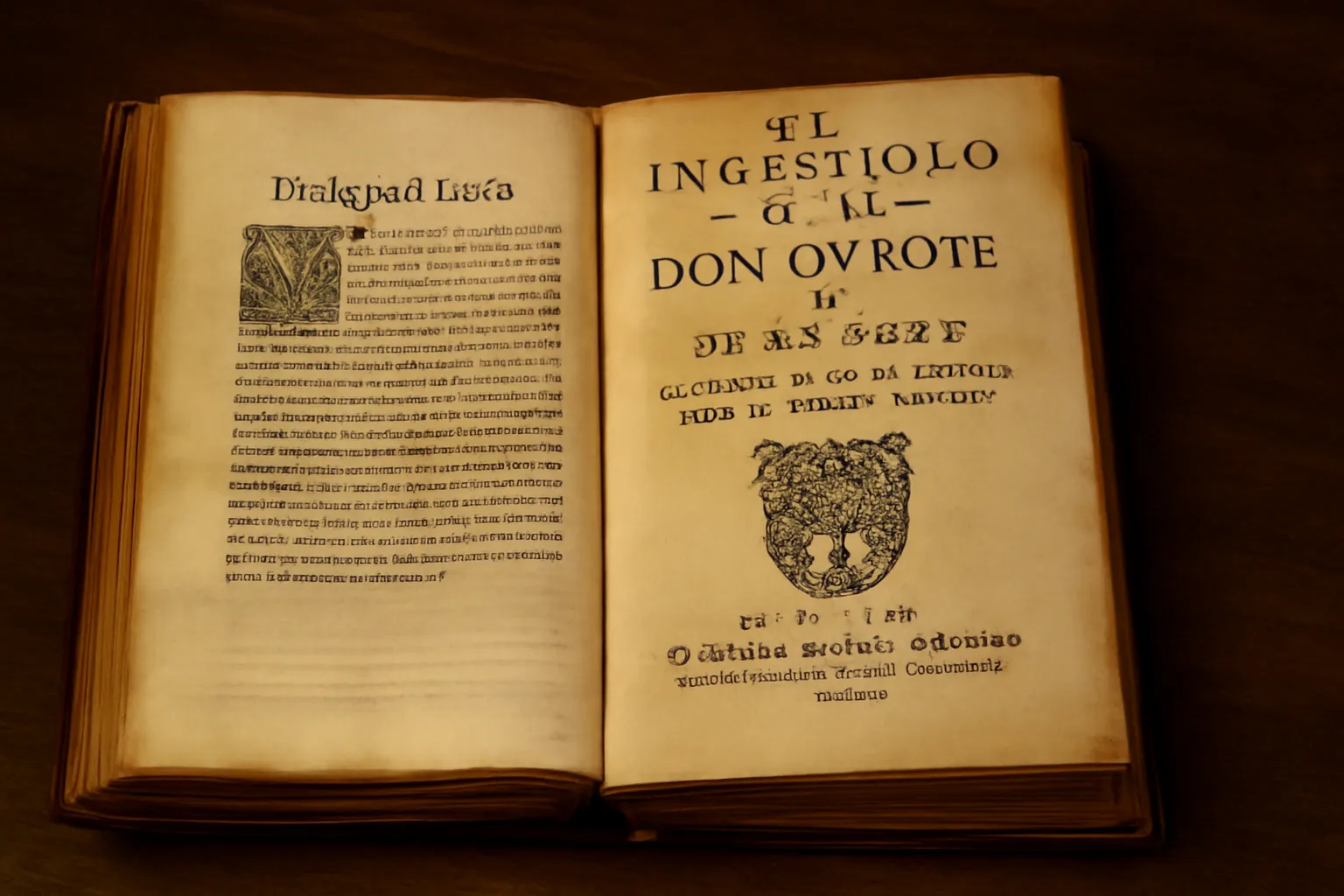
Although Don Quixote overshadowed Cervantes’ entire literary output, the writer also left other notable works to his credit. Among them are:
- “Novelas Ejemplares” (1613): A collection of twelve prose stories that explore different aspects of Spanish society at the time. The novels deal with themes such as love, betrayal, justice, and revenge, and are a clear reflection of Cervantes’ narrative style.
- “The Works of Persiles and Sigismunda” (1617): This work was published posthumously and is a Byzantine novel that mixes adventure, romance, and allegory. Although it did not achieve the same fame as Don Quixote, it remains a significant work in his literary career.
- “La Galatea” (1585): A pastoral novel featuring a series of characters in a bucolic setting. Although not as successful, it is important as one of Cervantes’ first major works.
Final Years and Death
Cervantes’s final years were marked by financial hardship and illness. Despite his literary achievements, Cervantes never managed to enjoy the financial stability he would have wished for. However, he continued to write until the end of his life.
Miguel de Cervantes died on April 23, 1616, in Madrid, at the age of 68. Curiously, his death coincided with that of the English playwright William Shakespeare, giving the date a symbolic air. Although he died in poverty, his literary legacy has endured and he remains one of the most influential figures in world literature.
Cervantes’ Legacy and Recognition
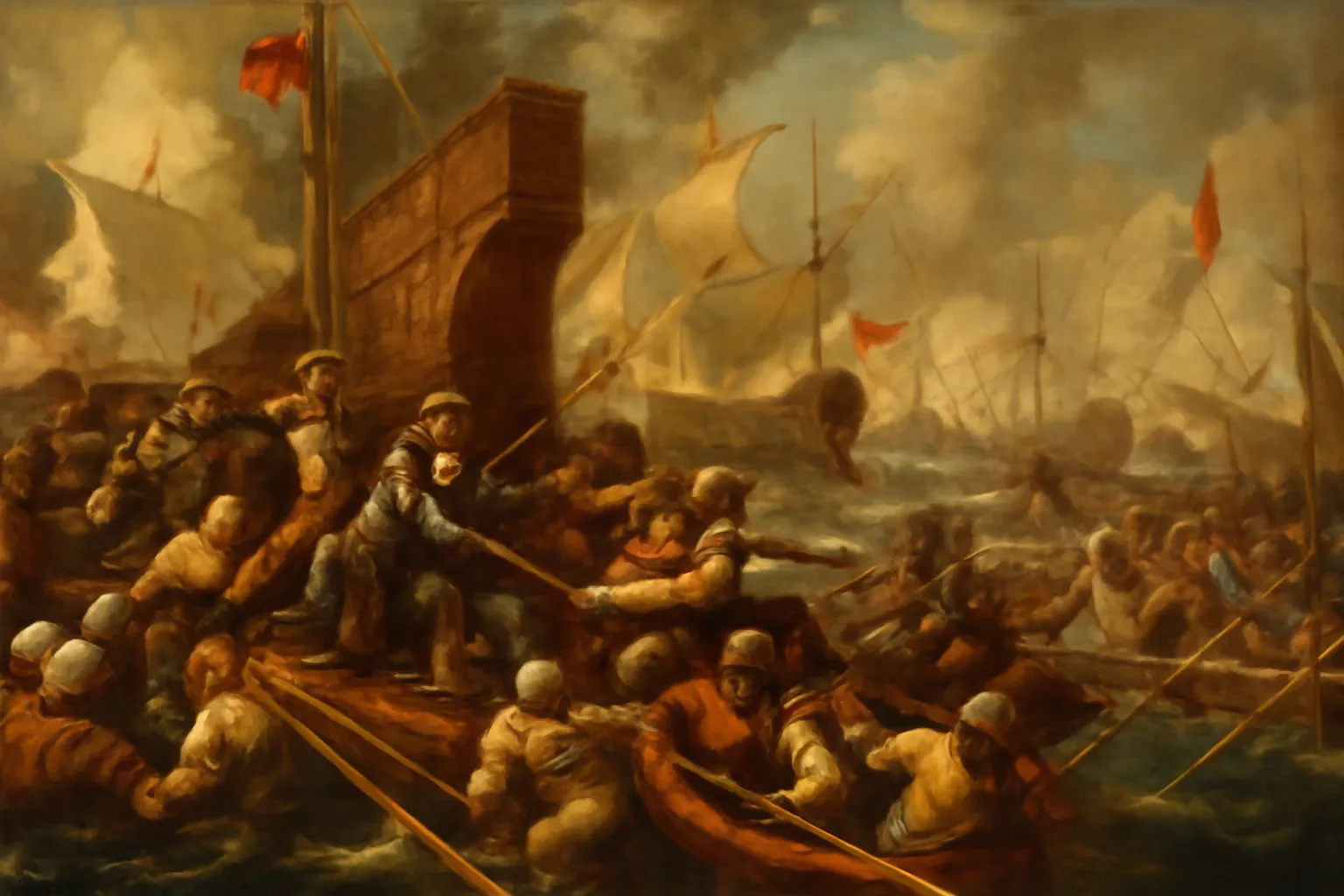
Miguel de Cervantes’ legacy is unquestionable. His work has been translated into almost every language and remains a cornerstone of Western literature. Don Quixote de la Mancha is considered not only one of the greatest works of Spanish literature, but also one of the greatest works in the history of world literature.
Over the centuries, Cervantes has been recognized as the author who shaped the modern novel. His influence extends beyond literature, having left a profound mark on the arts, cinema, music, and popular culture. In Spain, Book Day is celebrated on April 23, in commemoration of both Cervantes and Shakespeare.
The Figure of Cervantes in History
Miguel de Cervantes is more than a writer; he is a symbol of the struggle against adversity, a reflection of the human capacity to dream and reflect on life. His work has touched generations of readers and continues to be a source of inspiration. Cervantes understood human nature like few others, and his work offers a profound insight into the society, morals, and passions that define us as human beings.

